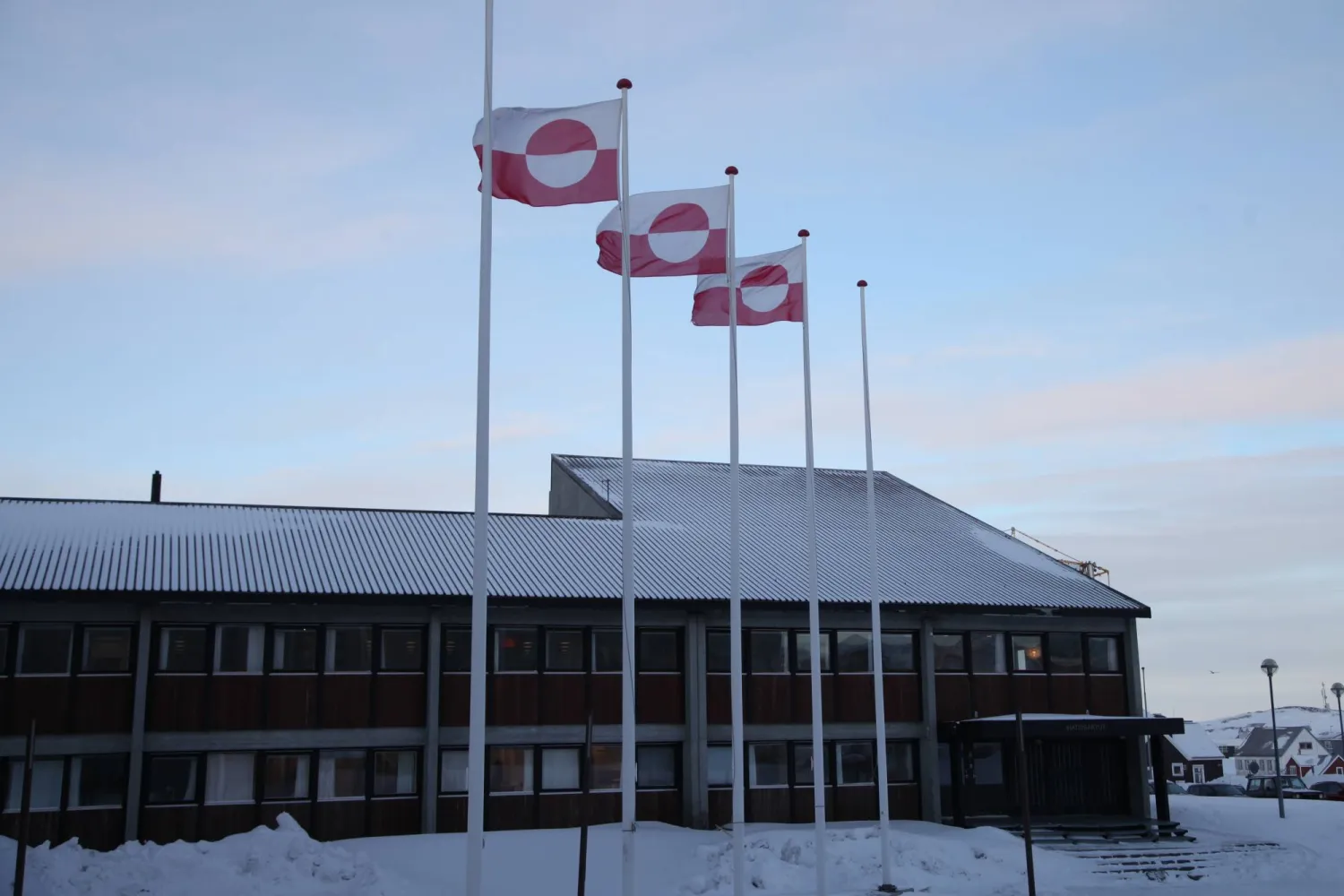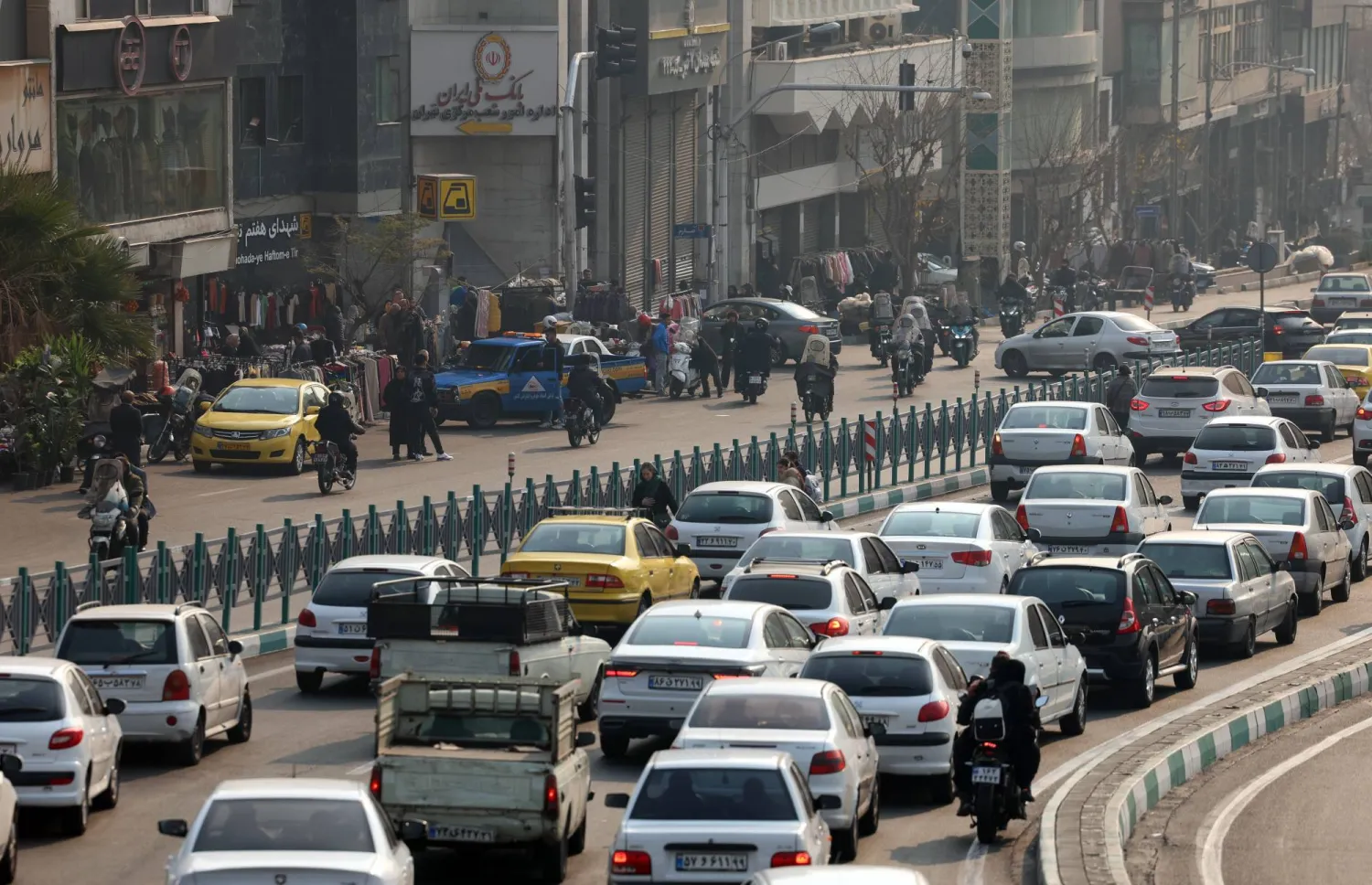It may still be premature to say Iran’s ruling system is nearing collapse. Yet the unrest that has gripped the country in recent weeks has pushed Tehran into its most severe internal crisis in years.
Protests triggered by economic freefall and the collapse of the national currency have rapidly spread across regions and social classes, shedding their purely economic character and evolving into a direct challenge to the foundations of the political system.
As strikes have expanded, particularly in the bazaar and the oil sector, popular anger has deepened into a political crisis with existential stakes.
At the heart of these developments, the United States factor stands out as one of the most sensitive and influential elements, not only because of the long history of conflict between Washington and Tehran, but also due to the unprecedented tone adopted by US President Donald Trump, and the political and media reaction within Congress, which has reflected a calibrated division over how to approach the Iranian crisis.
From the early days of the escalating protests, Trump opted to depart from traditional diplomatic language. In a series of interviews and statements, he said he was following events in Iran “very closely,” expressing his belief that the country was “on the verge of collapse.”
More significant than his assessment, however, were his public warnings to the Iranian leadership against continuing to suppress protesters.
Trump spoke bluntly of live fire against unarmed demonstrators, arrests, and executions, describing the situation as “brutal behavior,” and stressing that he had informed Tehran that any bloody escalation would be met with “very severe strikes” from the United States.
This language amounts to an attempt at political and psychological deterrence rather than a declaration of an imminent military plan.
It pressures Iran’s leadership and sends a message of moral support to protesters, while simultaneously preserving ambiguity over the nature of any potential US action.
Vice President JD Vance expressed a similar stance, writing on X that Washington supports anyone exercising their right to peaceful protest, noting that Iran’s system suffers from deep problems.
He reiterated Trump’s call for “real negotiations” over the nuclear program, while leaving future steps to the president’s judgment.
Despite Trump’s clear support for the protests, his administration has so far avoided going further on the question of “the day after.”
This hesitation has been evident in its position on Reza Pahlavi, the son of Iran’s late shah, whose name has resurfaced as a figure of the exiled opposition.
While Trump described him as “a nice person,” he stopped short of holding an official meeting, saying it was still too early to determine who could genuinely represent the will of the Iranian people.
This caution reflects US awareness of the sensitivity of the Iranian scene, in light of past experiences in the region, from Iraq to Libya, where early bets on political alternatives led to disastrous outcomes.
Any overt US backing of a specific opposition figure could also give the Iranian authorities grounds to reinforce their narrative of a “foreign conspiracy,” a line already invoked by Supreme Leader Ali Khamenei and state media.
Alongside political rhetoric, the economic card occupies a central place in US calculations.
Treasury Secretary Scott Bessent has described Iran’s economy as on the edge of collapse, pointing to high inflation and a sharp erosion in living standards due to sanctions and mismanagement.
These remarks were not merely technical assessments, but a political message that Washington sees the economic crisis as a pressure point that could accelerate the erosion of the system’s ability to endure.
The economy is not only the spark that ignited the protests, but also one of the keys to their future. Continued strikes, particularly in the oil sector, threaten the main artery of state revenues, compounding pressure and narrowing room for maneuver.
In this context, Washington appears convinced that time is working against Tehran and that allowing the crisis to play out internally may be more effective than any direct intervention.
Another factor closely watched by US decision-makers is the international stance, notably the silence of Russia and China.
These two countries, which have provided Iran with political and economic cover in recent years, appear unwilling or unable to intervene to rescue the system from its internal crisis.
Their silence gives Washington a wider scope to escalate its rhetoric without fear of a major international confrontation.
At the same time, the US administration is keen to avoid appearing as the driver of regime change in Iran. Its declared support remains confined to an ethical and humanitarian framework, protecting protesters and preventing massacres, rather than shaping an alternative system.
This approach seeks to strike a balance between exploiting an adversary’s weakness and avoiding a slide into chaos.
The US response has not been limited to the White House, extending into Congress, where positions have reflected a disciplined division of opinion. The House Foreign Affairs Committee attacked the Iranian system in a post on X, describing it as a dictator that has stood for decades on the bodies of Iranians demanding change.
Within the Republican camp, alignment behind Trump has been clear.
Senator Lindsey Graham wrote that the president was “absolutely right,” that he “stands with the Iranian people against tyranny,” and called to “make Iran great again.”
Senator Ted Cruz said the protests had exposed the system’s “fatally weakened” status and that Iranians were “not chanting for cosmetic reforms, but for an end to clerical rule.”
Democrats, by contrast, expressed solidarity with protesters in a more cautious tone.
Senator Chris Murphy said Iranians deserve their future in their own hands, not through American bombs, warning that military intervention could undermine the movement.
Bernie Sanders said the United States should stand with human rights, not repeat the mistakes of forcibly changing regimes.
In the House, Representative Yassamin Ansari sparked further debate by voicing support for the Iranian people while warning against empowering the Mujahideen-e-Khalq, which she described as “an extremist group lacking legitimacy.”
Republican lawmakers such as Claudia Tenney and Mario Diaz-Balart adopted a harsher tone, calling for clear support for Iranians, “who are bravely demanding freedom, dignity, and basic human rights.”
This divergence reflects a complex US picture. Republicans see the Iranian moment as an opportunity to validate Trump’s pressure and deterrence strategy, while Democrats fear that verbal support could slide into ill-considered entanglement.
Yet both sides converge on a core point: holding Iran’s system responsible for violence and economic collapse and viewing current events as an unprecedented challenge to its legitimacy.
This relative alignment grants Trump room to maneuver domestically without imposing consensus on intervention.
Washington, as reflected in White House rhetoric and congressional debate, prefers at this stage to watch the fractures within Iran deepen, while keeping all options on the table and awaiting what happens on the streets.









